Alexey Grigorev [Alexey Grigorev] - Mastering Java for Data Science
Here you can read online Alexey Grigorev [Alexey Grigorev] - Mastering Java for Data Science full text of the book (entire story) in english for free. Download pdf and epub, get meaning, cover and reviews about this ebook. year: 2017, publisher: Packt Publishing, genre: Home and family. Description of the work, (preface) as well as reviews are available. Best literature library LitArk.com created for fans of good reading and offers a wide selection of genres:
Romance novel
Science fiction
Adventure
Detective
Science
History
Home and family
Prose
Art
Politics
Computer
Non-fiction
Religion
Business
Children
Humor
Choose a favorite category and find really read worthwhile books. Enjoy immersion in the world of imagination, feel the emotions of the characters or learn something new for yourself, make an fascinating discovery.
- Book:Mastering Java for Data Science
- Author:
- Publisher:Packt Publishing
- Genre:
- Year:2017
- Rating:4 / 5
- Favourites:Add to favourites
- Your mark:
Mastering Java for Data Science: summary, description and annotation
We offer to read an annotation, description, summary or preface (depends on what the author of the book "Mastering Java for Data Science" wrote himself). If you haven't found the necessary information about the book — write in the comments, we will try to find it.
Use Java to create a diverse range of Data Science applications and bring Data Science into production
About This Book
- An overview of modern Data Science and Machine Learning libraries available in Java
- Coverage of a broad set of topics, going from the basics of Machine Learning to Deep Learning and Big Data frameworks.
- Easy-to-follow illustrations and the running example of building a search engine.
Who This Book Is For
This book is intended for software engineers who are comfortable with developing Java applications and are familiar with the basic concepts of data science. Additionally, it will also be useful for data scientists who do not yet know Java but want or need to learn it.
If you are willing to build efficient data science applications and bring them in the enterprise environment without changing the existing stack, this book is for you!
What You Will Learn
- Get a solid understanding of the data processing toolbox available in Java
- Explore the data science ecosystem available in Java
- Find out how to approach different machine learning problems with Java
- Process unstructured information such as natural language text or images
- Create your own search engine
- Get state-of-the-art performance with XGBoost
- Learn how to build deep neural networks with DeepLearning4j
- Build applications that scale and process large amounts of data
- Deploy data science models to production and evaluate their performance
In Detail
Java is the most popular programming language, according to the TIOBE index, and it is a typical choice for running production systems in many companies, both in the startup world and among large enterprises.
Not surprisingly, it is also a common choice for creating data science applications: it is fast and has a great set of data processing tools, both built-in and external. What is more, choosing Java for data science allows you to easily integrate solutions with existing software, and bring data science into production with less effort.
This book will teach you how to create data science applications with Java. First, we will revise the most important things when starting a data science application, and then brush up the basics of Java and machine learning before diving into more advanced topics. We start by going over the existing libraries for data processing and libraries with machine learning algorithms. After that, we cover topics such as classification and regression, dimensionality reduction and clustering, information retrieval and natural language processing, and deep learning and big data.
Finally, we finish the book by talking about the ways to deploy the model and evaluate it in production settings.
Style and approach
This is a practical guide where all the important concepts such as classification, regression, and dimensionality reduction are explained with the help of examples.
Downloading the example code for this book. You can download the example code files for all Packt books you have purchased from your account at http://www.PacktPub.com. If you purchased this book elsewhere, you can visit http://www.PacktPub.com/support and register to have the code file.
Alexey Grigorev [Alexey Grigorev]: author's other books
Who wrote Mastering Java for Data Science? Find out the surname, the name of the author of the book and a list of all author's works by series.

![Alexey Grigorev [Alexey Grigorev] Mastering Java for Data Science](/uploads/posts/book/119620/thumbs/alexey-grigorev-alexey-grigorev-mastering-java.jpg)
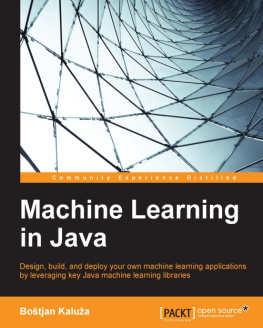

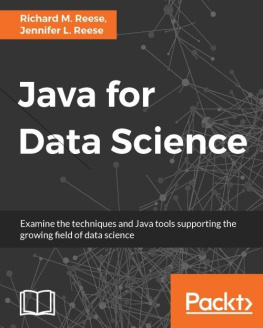
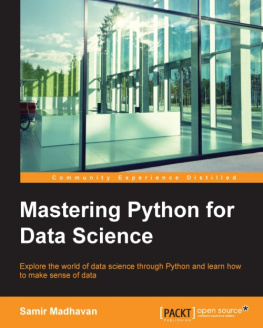
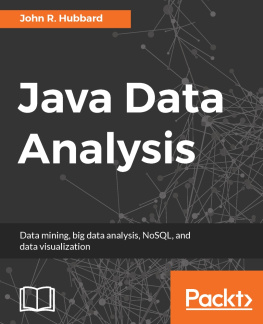
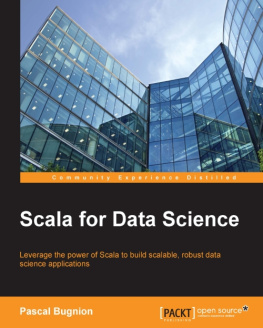
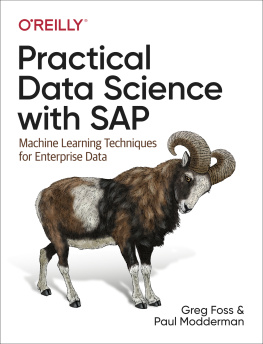
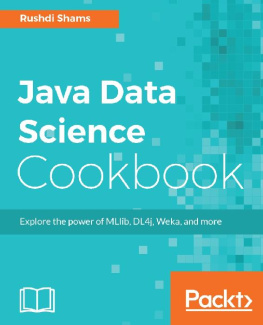
![Michael R. Brzustowicz [Michael R. Brzustowicz] - Data Science with Java](/uploads/posts/book/119626/thumbs/michael-r-brzustowicz-michael-r-brzustowicz.jpg)
